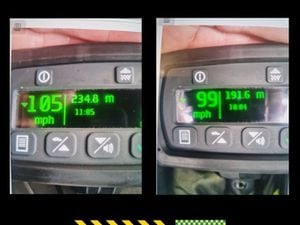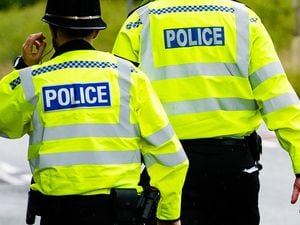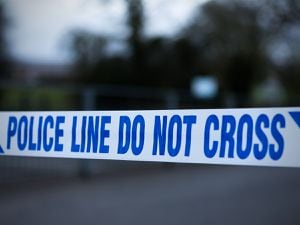Sinking of SS Strathallan remembered 75 years on
She was one of many former passenger liners requisitioned for troop transport during the Second World War.
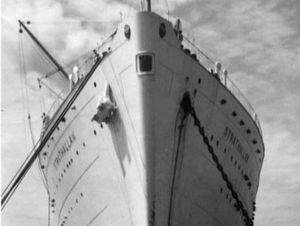
But at 2.31am on December 21, 1942, SS Strathallan came under attack Mediterranean Sea from a German U-boat which would spell the end for her military service.
While steaming to the North of Oran, off the Algerian Coast of North Africa, four torpedoes were fired at the ship, one hitting its port side and killing some of the crew instantly in an explosion.
The order was given to the 4,408 British and American troops and 248 Queen Alexandra’s nurses to abandon ship in calm seas, which they did in the four motor boats, 16 lifeboats and rafts.
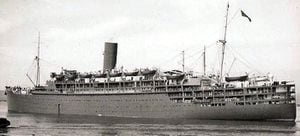
A rescue mission was launched with soldiers transferred to other destroyers, including HMS Verity, and transported to safety.
Among those who had been on board at the time was the Trooper Ernest Higgins, of Cannock, who was a tank driver with the The Lothian and Border Horse Yeomanry.
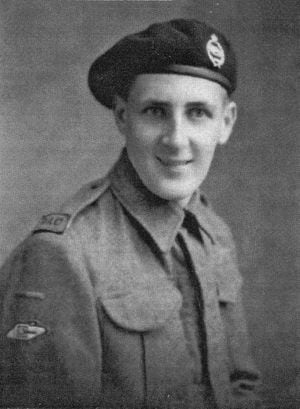
He was only 19 at the time but he managed to escape from the ship with his family having no clue as to the ordeal he had gone through until much later – although they did receive a telegram at Christmas telling them he was safe.
After the North African Campaign finished in 1943, Mr Higgins was stationed in Italy and was involved in the Battle of Monte Cassino in 1944. He didn't return home to Staffordshire until December 1946.
After the war, father of four Mr Higgins worked as a coach driver for Midland Red.
Despite losing his eyesight, he was regularly seen in Cannock town centre collecting money for the Royal British Legion's Poppy Appeal with his street organ. He died in May this year aged 94.
Mr Higgins' sister Marion Biggins, who lives in their family home in Cannock, is keen for what happened to SS Strathallan to be remembered.
The 84-year-old said: "Not a lot of people know about SS Strathallan but it's a pattern that must have been repeated again and again during the war.
"It's not known exactly how many people perished and the official Admiralty report was only made public recently.
"It must have been very frightening for Ernest because he was only 19. He didn't speak about it much but it must have affected him. I was only eight or nine when he went away and he was away from home for a long time.
"My father had been injured in the First World War and my mother had lost her brother in the same war. So it must have been very hard for my parents to see their only son go off to war. We never knew what he was doing or when he would be home.
"He was a very articulate and intelligent man. He was quite philosophical about what he went through."
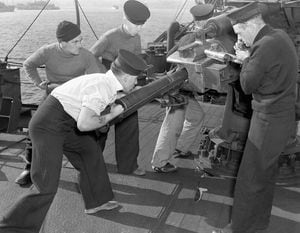
In the Admiralty report, Captain John Henry Biggs, describes the moment the SS Strathallan, which had been requisitioned the Ministry of War Transport (MoWT), was torpedoed, saying: "The explosion was very loud and the force of it shook the whole ship."
After the troops and nurses were transferred to the rescue vessels, it was believed the stricken ship was still salvagable despite the damage caused by the torpedo.
At around 1.15pm on December 21, a fire broke out and the ship continued to burn as she was towed by HMS Restive..
But she capsized to port and sank 12 miles off Oran at about 4am on December 22.

